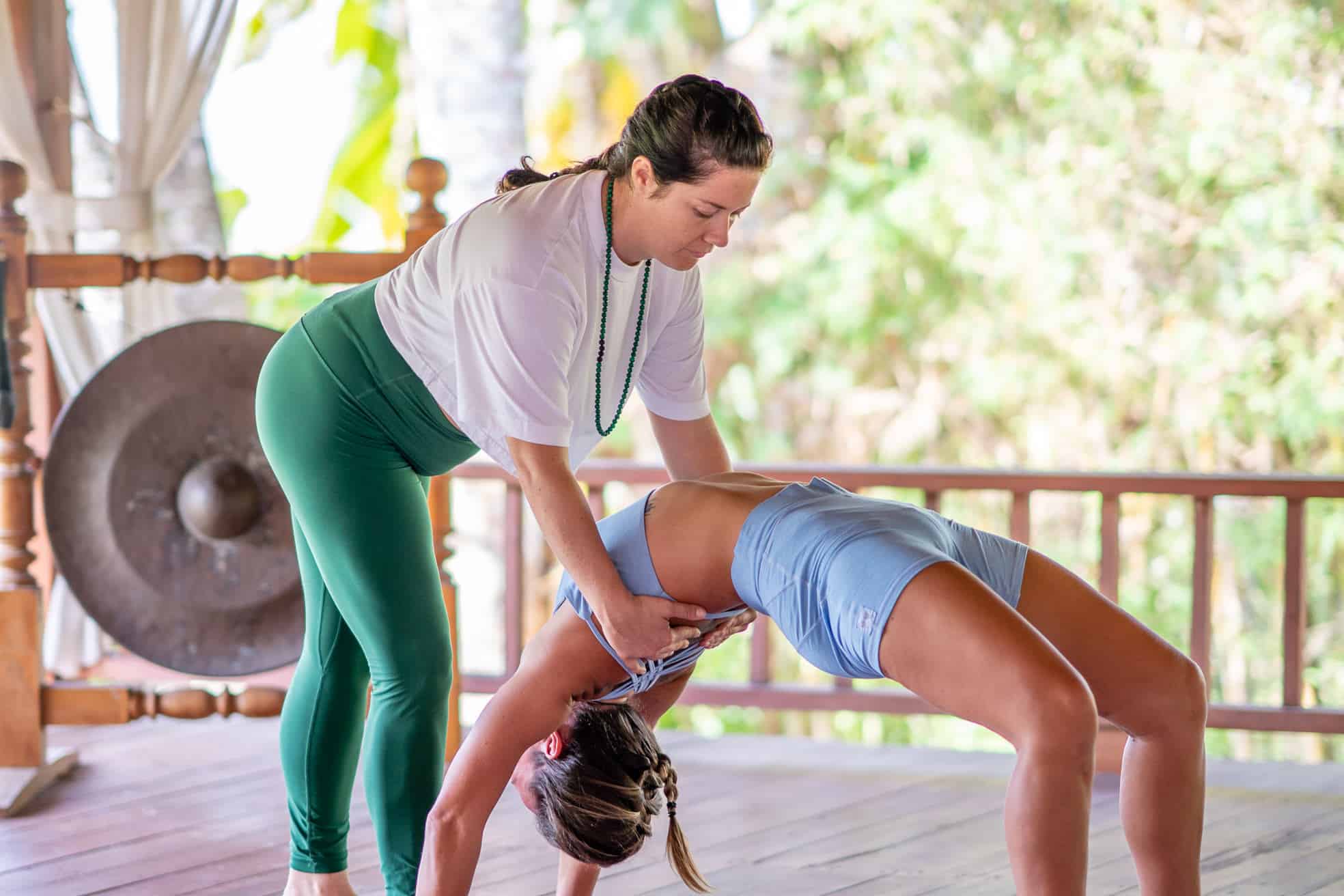
A History Of Yoga: What is Yoga?
Yoga is a mind-and-body practice that originated in ancient India thousands of years ago. The word means to yoke or unite, referring to the union of body, mind, and spirit.
The practices include a variety of physical postures (asanas), breathing techniques (pranayama), meditation, and ethical principles designed to improve physical health, mental clarity, emotional balance, and spiritual well-being.
It is often seen as a holistic practice that can benefit people of all ages and abilities. It has been shown to reduce stress, anxiety, and depression; improve flexibility, strength, and balance; enhance immune function; and promote overall health and wellness.
There are many different styles and approaches to yoga, including Hatha, Vinyasa, Iyengar, Ashtanga, Kundalini, and many others. Each style emphasizes different aspects of the practice and may be better suited to different individuals depending on their goals, abilities, and preferences.
What is the history of yoga and its origin?
The origins can be traced back over 5,000 years to ancient India, where it was developed as a spiritual practice by the Indus-Sarasvati civilization. The earliest written records of yoga come from the ancient Indian texts called the Vedas, which date back to around 1500 BCE.
Over time, it has evolved into a complex system of physical, mental, and spiritual practices that were passed down from teacher to student. The most influential of these teachers was Patanjali, who wrote the Yoga Sutras around 200 BCE. The Yoga Sutras provided a comprehensive framework for the practice of yoga, including the Eight Limbs of Yoga, which are still used as a guide for yogic practice today.
Throughout history, yoga has been practiced by various religious groups, including Hindus, Jains, and Buddhists. In the 19th and early 20th centuries, it began to gain popularity in the West, thanks in part to the efforts of influential teachers such as Swami Vivekananda and Paramahansa Yogananda.
Today, it is practiced all over the world, and there are many different styles and approaches to the practice. While some people still practice primarily as a spiritual or religious practice, many others practice it for its physical and mental health benefits.
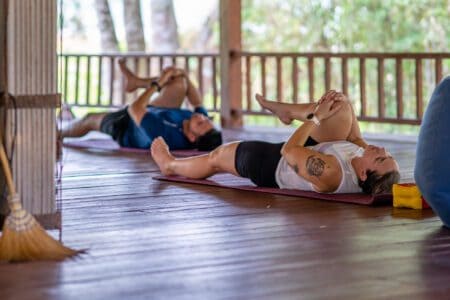
What is Hatha?
Hatha is a style of yoga that focuses on physical postures (asanas), breathing techniques (pranayama), and relaxation. The word “hatha” is derived from two Sanskrit words: “ha,” which means sun, and “tha,” which means moon. This reflects the balance between opposing forces that is central to the practice of Hatha Yoga.
Hatha is often practiced at a slower pace than other styles of yoga, with a focus on holding postures for longer periods of time and using the breath to deepen the poses. The practice of hatha is designed to promote physical strength, flexibility, and balance, as well as mental clarity and relaxation.
In addition to asanas and pranayama, hatha may also include meditation and other practices designed to cultivate awareness and mindfulness. There are many different styles and approaches to hatha yoga, including Iyengar, Ashtanga, Vinyasa, and others, each of which may emphasize different aspects of the practice.
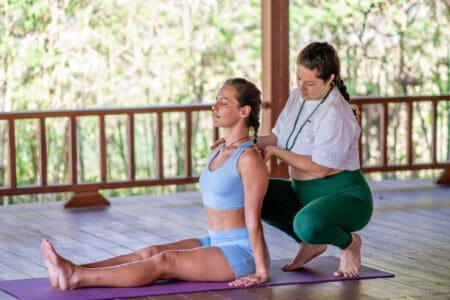
What is Vinyasa ?
Vinyasa is a style of yoga that emphasizes flowing, dynamic movements that are synchronized with the breath.
The word “vinyasa” is derived from the Sanskrit term “nyasa,” which means “to place,” and the prefix “vi,” which means “in a special way.” In vinyasa, each movement is linked to an inhalation or exhalation, creating a continuous flow of movement.
The practice of vinyasa typically includes a series of postures (asanas) that are linked together in a flowing sequence, with each movement coordinated with the breath. Vinyasa can be physically challenging, as the continuous movement and transitions between poses require strength, flexibility, and balance.
In addition to the physical benefits, the practice of vinyasa can also promote mental focus and relaxation, as practitioners are encouraged to stay present and focused on the breath throughout the practice.
There are many different styles and approaches to vinyasa , including Power Yoga, Jivamukti, and others, each of which may emphasize different aspects of the practice.
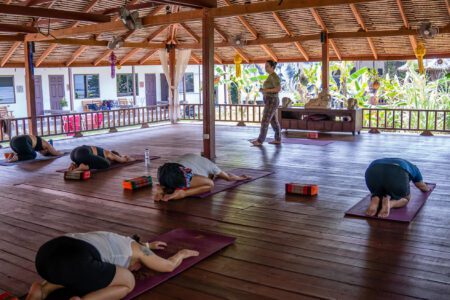
What is Ashtanga?
Ashtanga is a style of yoga that follows a set sequence of postures (asanas) that are linked together with a specific breathing technique called Ujjayi breath.
The word “ashtanga” is derived from two Sanskrit words: “ashta,” which means eight, and “anga,” which means limbs. The eight limbs of Ashtanga include ethical guidelines, physical postures, breathing techniques, meditation, and other practices designed to promote spiritual growth and well-being.
The physical practice of Ashtanga typically involves a vigorous and demanding series of postures that are divided into six different sequences, each with a specific focus and level of difficulty. The practice is intended to be done in a specific order, with each pose building on the previous one.
Ashtanga is often practiced in a group setting, with students working through the sequence at their own pace while being guided by a teacher. The practice can be physically challenging and is designed to build strength, flexibility, and endurance.
In addition to the physical benefits, the practice of Ashtanga can also promote mental focus and relaxation, as practitioners are encouraged to stay present and focused on their breath throughout the practice.
Ashtanga was popularized in the West by Sri K. Pattabhi Jois, who developed the specific sequence of postures that is now known as the “Ashtanga Primary Series.” Today, there are many different styles and approaches to ashtanga, with some teachers modifying the sequence to suit the needs and abilities of their students.
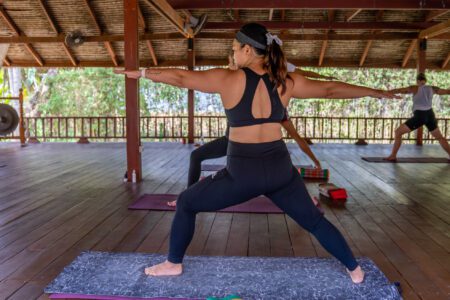
Modern Yoga
Modern yoga refers to the various styles and approaches to yoga that have emerged since the practice was introduced to the West in the late 19th and early 20th centuries. While traditional yoga was primarily a spiritual practice rooted in ancient Indian philosophy and culture, modern yoga has evolved to include a wide range of physical, mental, and spiritual practices that are often adapted to suit the needs and interests of modern practitioners.
Some of the key developments in modern yoga include:
- The emergence of yoga as a popular form of physical exercise with an emphasis on postures (asanas) and physical fitness.
- The development of new styles and approaches, including Power yoga, yin yoga, and yoga therapy
- The incorporation of Western fitness and health concepts into yoga practice, such as the use of props and modifications to adapt postures for different body types and abilities.
- The integration of mindfulness and meditation practices into yoga, as well as the use of yoga as a complementary therapy for a range of physical and mental health conditions.
Today, modern yoga is practiced by millions of people around the world, and continues to evolve and adapt to meet the changing needs and interests of practitioners. While there is still a strong emphasis on the spiritual and philosophical roots of the practice, modern yoga has also become more diverse, accessible, and inclusive, with a wide range of styles and approaches to suit different goals, interests, and abilities.
Want to try a yoga retreat in Thailand? Check out our packages here.



